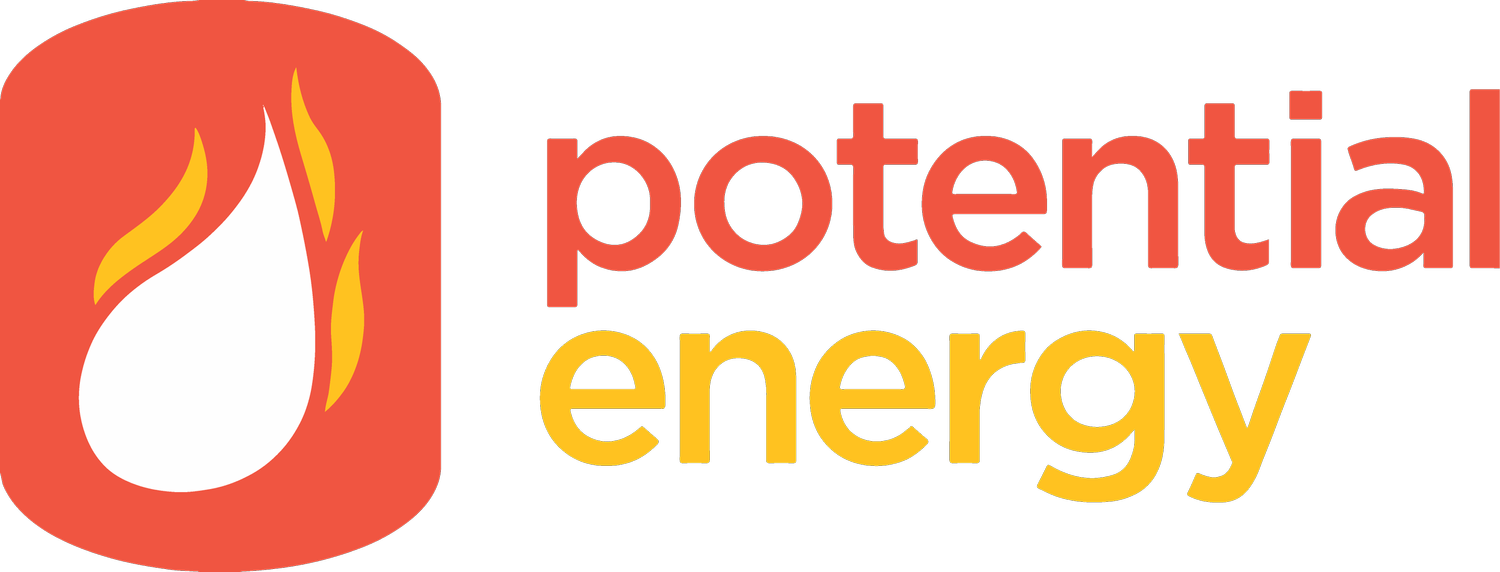
FAQ’S
Frequently Asked Questions
-
Contact us at info@potentialenergy.org or call +256 (0)785538204 or +256 (0)703673718. The BDS can be shipped from India to any location. However, the stoves have been specifically designed for users, taking into account the type of fuel available, the climate, the shapes of the traditional pots, the cooking temperatures for the local traditional foods, etc. Contact us to find out if the stove fits cooking styles in your country.
-
The team of engineers who developed the stove explored several options during their initial fact-finding mission to Darfur in 2005 and again in Uganda in 2015. In other parts of the world there are currently projects underway converting agricultural waste and animal dung into fuel pellets to be used as cooking fuel. However, in the context of Darfur and Uganda this is not feasible. Developing these alternative fuel sources requires establishing an elaborate supply chain, setting up manufacturing facilities and distribution channels to supply a steady stream of fuel to end users.
-
We only have one size but it fits all sizes of saucepans for a family of up to 6-8 people.
-
It gets hot, yes. We advise our customers not to expose the stoves to young children for safety. Don’t touch the metal parts of the stove. There are wooden handles you can use to move the stove around when it is hot. If you would like more protection around the stove, try our Cool Mesh stove, which has a protective mesh.
-
Use gloves or a towel. You can also use the stove upside down with charcoal.
-
Efficiency depends on many factors in addition to materials used. Clay retains heat, which is useful for keeping food warm, but clay also requires energy to become heated initially, which is not the case for metal stoves. Therefore, metal stoves tend to cook faster using less energy than clay, but only if they are well-designed as is the BDS.
-
The BDS is efficient partly because of controlled airflow through the stove that funnels fresh oxygen to the fire, which makes the fire burn more completely, and thus cleaner and more efficient. When there is more complete combustion, the smoke particles that would otherwise get in one’s eyes and lungs are burned up due to increased oxygen, and therefore less fuel is needed to keep the same temperature as compared to other stoves, because the particles in the smoke are not wasted, but also used as fuel for the fire.
Another reason is that the stove has a “sunken pot” meaning that if using a small or medium sized saucepan, the pot or saucepan is sunken into the stove as opposed to sitting on top of this stove. This allows for much more surface of the saucepan to be exposed directly to heat waves from the fire, resulting in higher efficiency.
-
Our original design was made of mild steel, which will eventually rust. The rust does not affect the stove’s performance. However, as of July 2022 the stoves are made of stainless steel which is far more resistant to rust. In any case, we recommend users store the stove inside and out of the rain to prevent rusting. The stoves should also be cleaned with a dry towel.
-
Full production of stoves in Uganda would be extremely costly due to low access to materials and equipment. Instead, we use a hybrid approach that combines aspects of mass manufacturing and local production. To keep the stove affordable, flat-kits are manufactured in India and shipped to our facilities in-country, where they are assembled, marketed, and sold by local workers.
-
In the lifecycle of a stove, there are four major sources of carbon emissions: raw materials, manufacturing, transportation, and stove use. Of these sources, transportation actually accounts for less than one quarter of one percent (0.22% exactly) of the total carbon emissions produced over the lifetime of the stove. As a result, the carbon emissions from transporting the flat-kits are canceled out after about 8 days of using the Berkeley-Darfur Stove.
A 2016 study by scientists at UC Berkeley found that replacing a single traditional fire with a Berkeley-Darfur Stove reduced by 440 times the amount of emissions created by shipping that stove from India.
